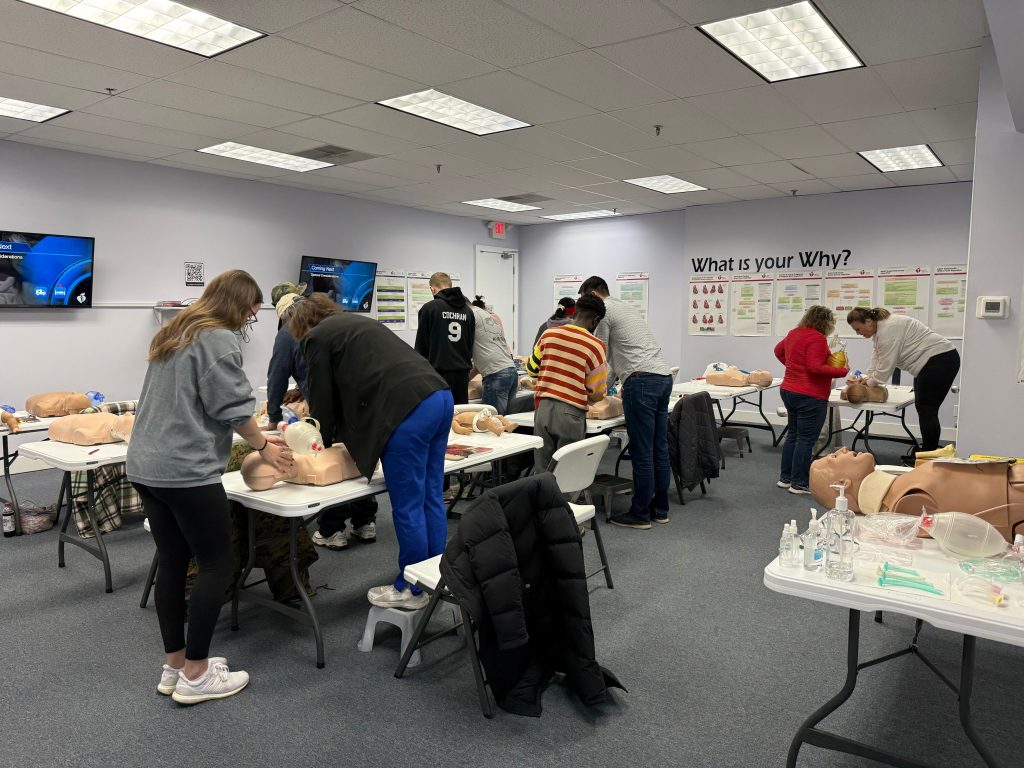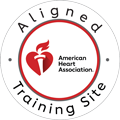Cardiopulmonary Resuscitation, widely known as CPR, is a life-saving technique used in emergencies when someone’s breathing or heart stops. A critical component of effective CPR is performing chest compressions.
These compressions manually pump blood through the body, supplying vital oxygen to the brain and other organs until professional medical help arrives. However, it is not just about performing compressions; the depth of these compressions plays a crucial role in determining the patient’s chance of survival.
This is where the “2-inch” guideline comes into play—a specific and vital instruction that every rescuer, whether a trained professional or a bystander, must understand and implement. Understanding why this specific depth is so important is key to maximizing the effectiveness of CPR.

The Origin of the 2-Inch Guideline
The journey to establishing standardized CPR techniques, including the 2-inch guideline, is a testament to ongoing medical research and dedication. Historically, CPR methods varied significantly, with early attempts focusing more on artificial respiration. Over time, as medical understanding evolved, the importance of chest compressions became increasingly evident.
The American Heart Association (AHA) has been at the forefront of this evolution, continually reviewing and updating CPR guidelines based on the latest scientific evidence. These evidence-based updates are not arbitrary; they are the result of extensive studies and analyses aimed at improving patient outcomes.
The introduction of the 2-inch compression depth guideline reflects a significant step forward in optimizing CPR effectiveness, moving away from less precise instructions to a scientifically backed standard that demonstrably enhances survival rates.
Call Us Now
Get the Best CPR Class in Indianapolis Today!
The Science Behind 2 Inches
Delving into the science behind the 2-inch guideline reveals the intricate physiological processes at work during effective chest compressions. When a rescuer compresses the chest to a depth of at least 2 inches, they are effectively squeezing the heart between the sternum and the spine.
This action generates pressure, pushing oxygenated blood out of the heart and into the circulatory system. This mechanism is vital for maintaining blood flow to the brain and other essential organs, preventing irreversible damage. Furthermore, adequate compression depth is crucial for ensuring proper coronary perfusion.
Coronary arteries supply blood to the heart muscle itself; without sufficient pressure and blood flow, the heart muscle cannot recover, even if blood is circulating to other parts of the body. For adult patients, achieving and maintaining this optimal depth is paramount, as their larger chest cavity requires more substantial compression to generate effective blood flow.
Too shallow compressions fail to adequately perfuse organs, while excessively deep compressions can lead to injuries, though the primary concern in most real-world scenarios is insufficient depth.
Clinical Evidence Supporting 2 Inches
Numerous clinical studies have unequivocally supported the 2-inch compression depth guideline. Major research initiatives, such as those conducted by the Resuscitation Outcomes Consortium (ROC), have provided compelling evidence.
These studies have meticulously tracked thousands of cardiac arrest cases, correlating various CPR parameters, including compression depth, with patient outcomes. The data consistently show a strong link between proper compression depth and an improved Return of Spontaneous Circulation (ROSC).
ROSC signifies that the patient’s heart has begun beating on its own again, a critical step towards recovery. Specifically, research has demonstrated that patients receiving chest compressions of at least 2 inches have significantly higher rates of ROSC and, more importantly, optimal survival rates with good neurological function. This robust body of evidence forms the bedrock of current CPR guidelines, emphasizing that adhering to the 2-inch rule is not just a recommendation but a vital requirement for effective resuscitation.
Compression Depth in Real-World CPR
Despite the clear guidelines, achieving the optimal 2-inch compression depth in real-world CPR scenarios can be challenging. Common errors include compressing too shallowly, which is often due to apprehension or lack of confidence, or, less frequently, compressing too deeply. Several factors can impact a rescuer’s ability to maintain proper depth. Physical fatigue, especially during prolonged resuscitation efforts, can lead to a gradual decrease in compression depth. Additionally, variations in individual technique and patient anatomy can influence the effectiveness of compressions. For instance, a rescuer with smaller hands or less upper body strength might find it harder to achieve the necessary depth on a larger adult. This highlights the critical role of consistent training and repetition. Through regular practice, rescuers can develop the muscle memory and technique required to deliver consistent, effective compressions, even under stressful circumstances, ensuring that the 2-inch standard is met for every life-saving effort.
Pediatric and Special Populations
While the 2-inch guideline is standard for adult CPR, it is important to recognize that compression depth differs for pediatric and special populations. Children and infants have smaller, more fragile bodies, and applying the same force or depth as an adult would be inappropriate and potentially harmful. For infants, the recommended depth is typically about 1.5 inches (approximately one-third the depth of the chest), usually performed with two fingers. For children, the depth is approximately 2 inches (about one-third the depth of the chest), often performed with one or two hands, depending on the child’s size. Adjusting the technique based on the patient’s age and size is crucial to provide effective and safe compressions. This differentiation underscores the importance of comprehensive CPR training that covers age-specific techniques, ensuring that rescuers are equipped to assist individuals of all ages.
The Role of CPR Training in Achieving Proper Depth
The ability to achieve proper compression depth is not intuitive; it is a skill that must be learned and practiced. High-quality CPR training is therefore indispensable. Stress-free, hands-on CPR training environments are particularly effective in enhancing real-world performance. Such training allows individuals to practice chest compressions on manikins that provide immediate feedback on depth, rate, and recoil. This immediate feedback loop is invaluable, allowing learners to adjust their technique and internalize the feeling of a proper 2-inch compression. CPR Indianapolis, for instance, emphasizes this approach, offering AHA-certified, hands-on classes that focus on teaching optimal technique across various levels, including Basic Life Support (BLS), Advanced Cardiovascular Life Support (ACLS), and Pediatric Advanced Life Support (PALS). This practical experience builds confidence and competency, transforming theoretical knowledge into life-saving skills.
Conclusion
The evidence overwhelmingly supports the 2-inch guideline for adult chest compression depth during CPR. This specific depth is not an arbitrary number but a scientifically validated standard that optimizes blood flow to vital organs, increases the chances of Return of Spontaneous Circulation, and ultimately improves survival rates. The critical link between proper technique and patient survival cannot be overstated. Understanding the science, recognizing common errors, and committing to regular, hands-on training are all essential for anyone who might find themselves in a position to perform CPR. A final reminder to all potential rescuers: good training leads to confident, effective responders. Investing in your CPR skills is investing in the lives of others, ensuring you can act decisively and effectively when it matters most. Get certified or renew your CPR skills at CPR Indianapolis today, offering AHA-certified, hands-on classes in BLS, ACLS, PALS, and more!


